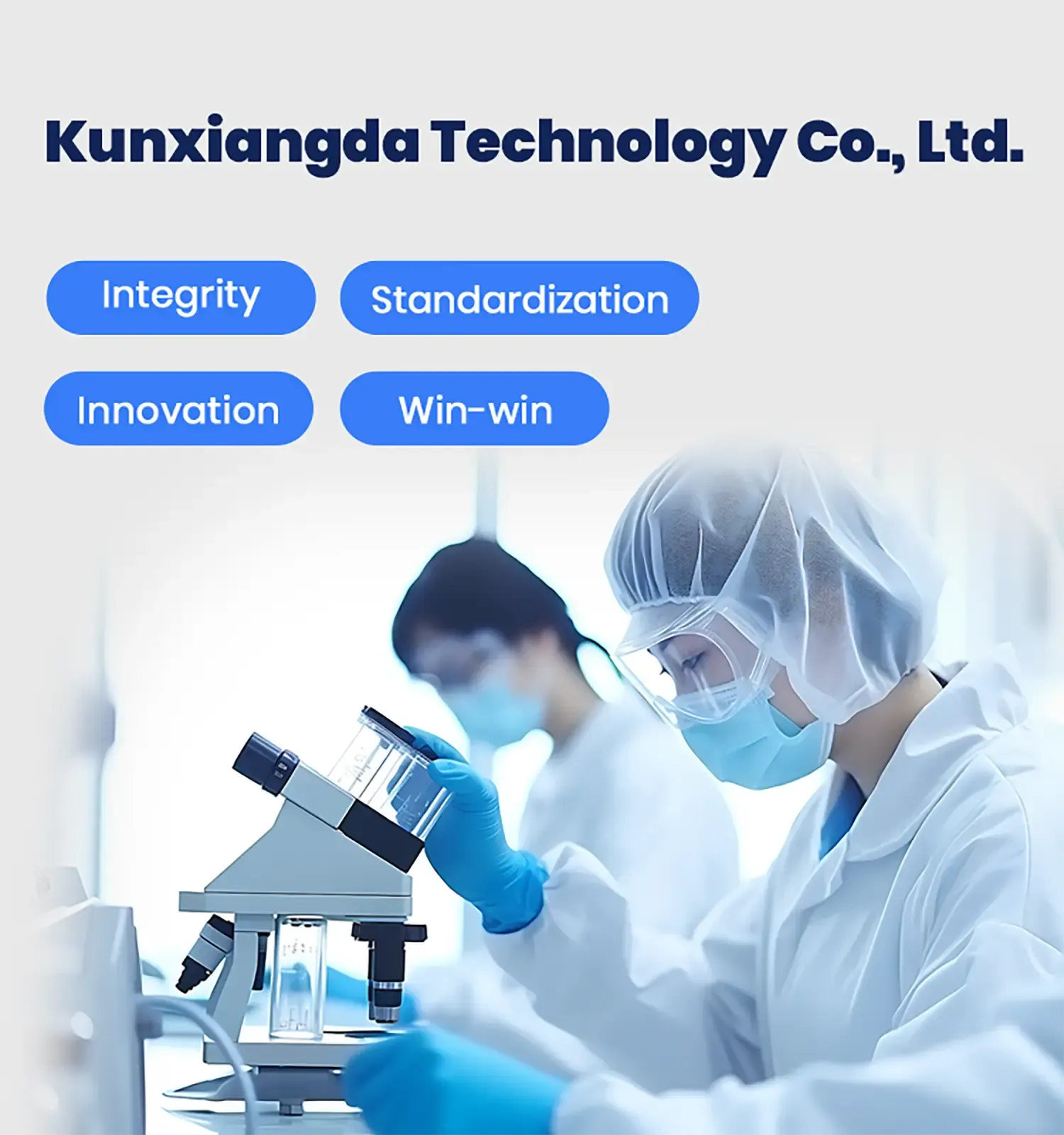Understanding Polyolefin Masterbatch Composition, Benefits, and Applications
Polyolefin masterbatch is an advanced formulation that plays a pivotal role in the plastics industry. It is essentially a concentrated mixture of pigments and additives encapsulated in a polyolefin carrier resin. The primary purpose of masterbatch is to provide a cost-effective and efficient method of coloring or functionalizing polyolefin-based materials, such as polyethylene (PE) and polypropylene (PP).
Composition and Production
The production of polyolefin masterbatch involves a careful selection of high-quality colorants and functional additives that are blended with a polyolefin resin. This combination is typically processed using methods such as extrusion or melt compounding, ensuring that the pigments are evenly distributed throughout the carrier resin. This results in a uniform product that offers consistent color and performance in various applications.
Benefits of Polyolefin Masterbatch
One of the key advantages of using polyolefin masterbatch is its ability to enhance the properties of the final product
. The addition of specific additives can provide UV stabilization, flame retardance, or even anti-static properties, thus improving the durability and functionality of the end-use materials. Furthermore, masterbatches enable manufacturers to achieve desired color effects without compromising the mechanical properties of the polyolefin, making it an ideal choice for a wide range of applications.polyolefin masterbatch

Another significant benefit is the ease of use; masterbatches can be conveniently added to the polymer processing stage, streamlining production processes. This not only reduces the chances of contamination but also minimizes waste, as the masterbatch can be precisely dosed to achieve the desired color and effect.
Applications Across Various Industries
Polyolefin masterbatches are utilized across numerous industries due to their versatility. In the packaging sector, they are commonly used to produce films, containers, and closures that require specific colors or protective properties. The automotive industry also benefits from these masterbatches, employing them in interior and exterior components where color and durability are crucial.
Additionally, consumer goods, agricultural films, and construction materials frequently incorporate polyolefin masterbatch to enhance both appearance and performance. Its ability to meet stringent regulatory requirements for safety and environmental impact further fuels its widespread adoption.
Conclusion
In summary, polyolefin masterbatch is a critical component in modern plastic manufacturing, offering a blend of versatility, efficiency, and enhanced material properties. As industries continue to evolve, the demand for innovative coloring and functionalizing solutions like polyolefin masterbatch is expected to grow, driving advancements in formulation technologies and application methodologies. This positions polyolefin masterbatch as an essential player in the future of sustainable and high-performance plastic products.

